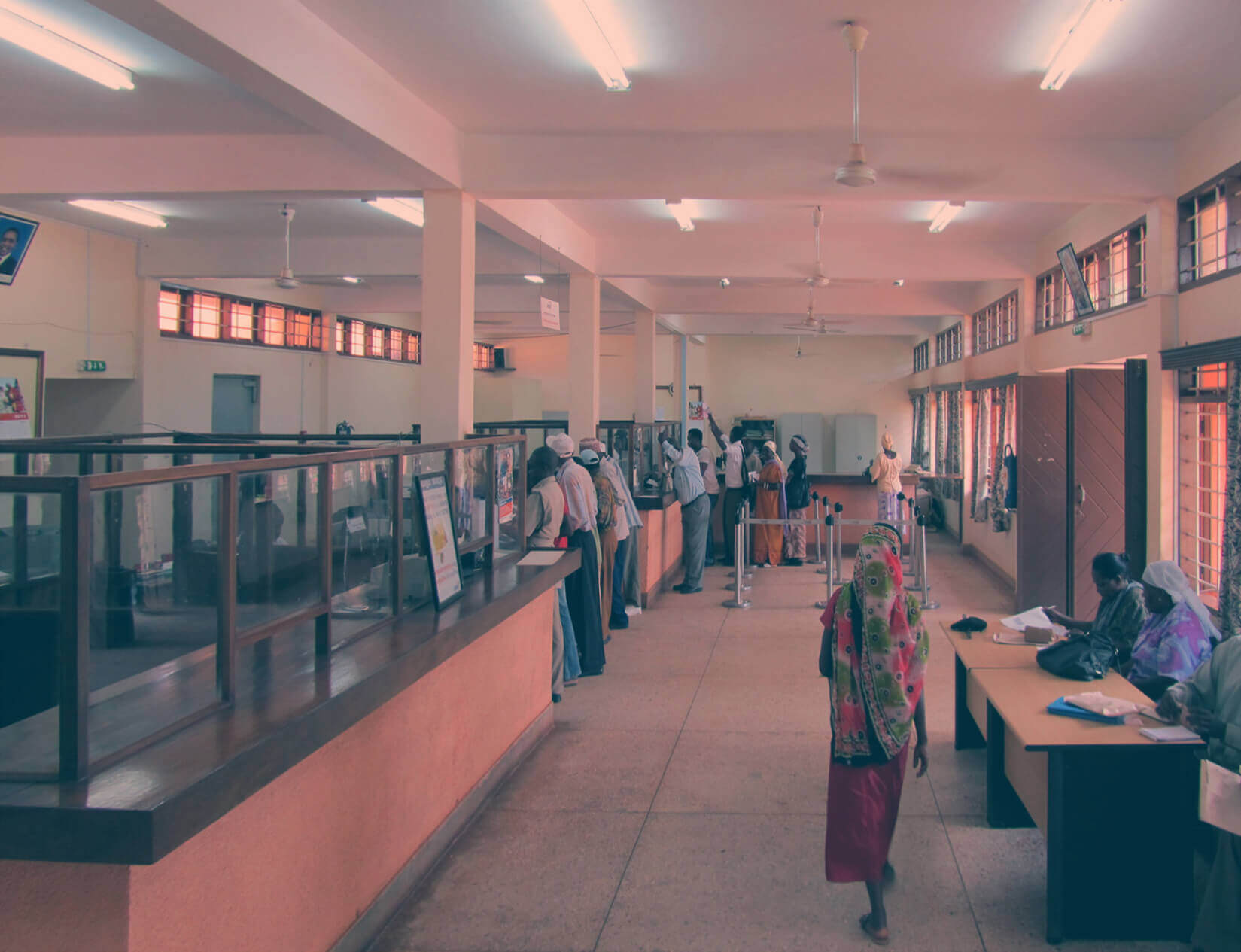This foundational phase sets the tone for the entire journey. It begins with establishing the scope—defining what’s in and out and aligning stakeholders on the ambition. We then assess the current state through a focused scan of sourcing spend, contract coverage, supplier landscape, and market conformity—surfacing quick wins and structural gaps. From there, we define a compelling future state vision, grounded in strategic priorities and informed by market developments.
This includes articulating guiding principles, aligning with the organisation’s mission, and setting a clear “dot on the horizon” to steer decision-making. Finally, we translate vision into action by shaping a sourcing strategy and service delivery model. This includes scenario analysis, supplier model design, business case development, risk profiling, and organisational impact assessment—culminating in a pragmatic implementation roadmap.




Define the ambition, scope, and boundaries of the initiative. Align with corporate strategy, mission, and long-term goals.
Identify relevant external shifts—technological, regulatory, or competitive—that may influence sourcing or delivery models.
Conduct a quick scan of current sourcing spend, contracted scope, supplier base, contract terms, and market conformity. Identify quick wins and structural gaps.
Articulate a clear vision for the desired end state. Establish guiding principles that reflect business values, strategic intent, and operational priorities.
Define sourcing objectives, preconditions, and delivery scenarios (e.g. in-house, outsourced, hybrid). Include supplier model, business case, risk profile, and organisational impact.
Translate strategy into action with a phased, realistic roadmap. Include milestones, dependencies, and change management considerations.